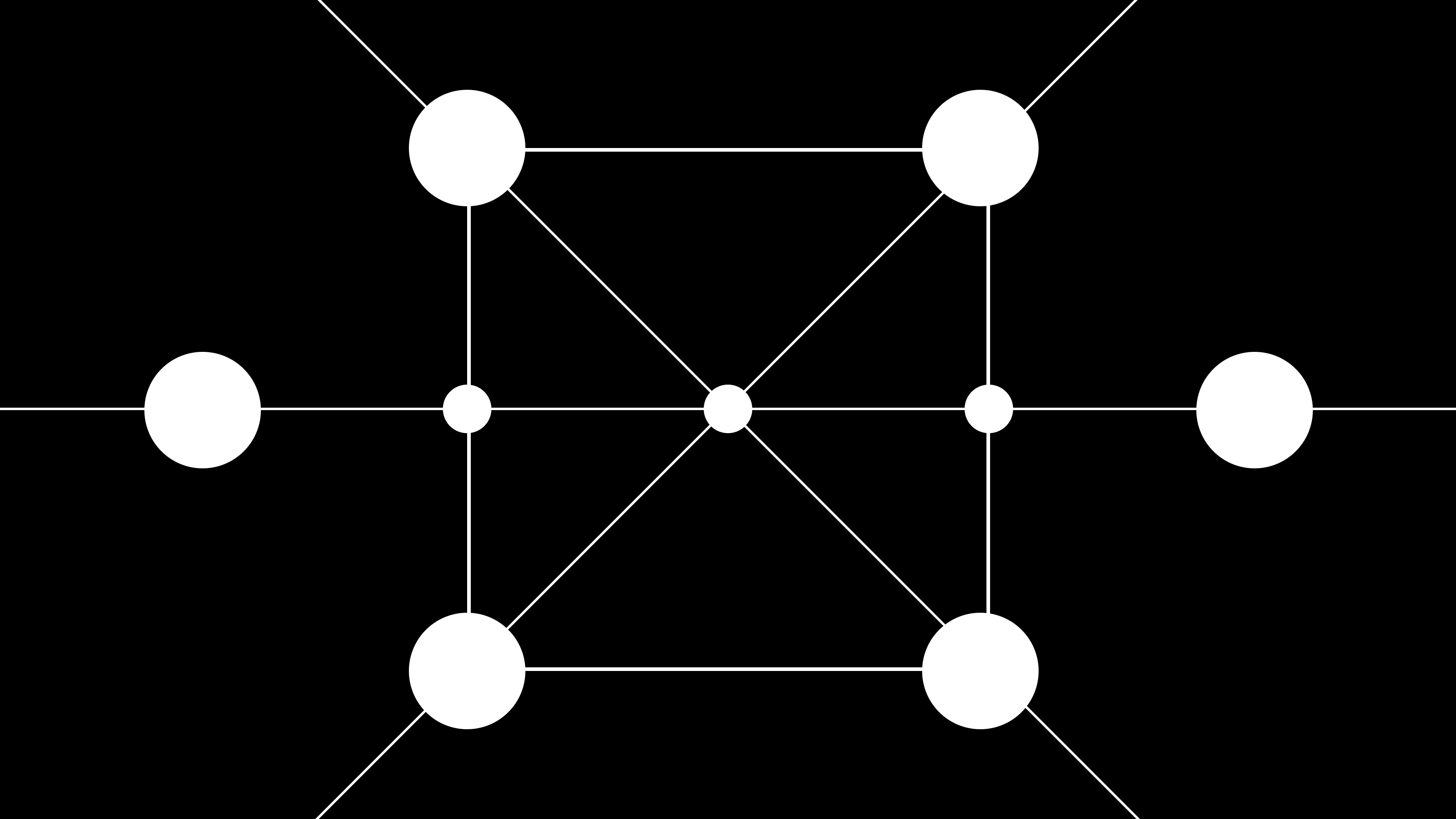What good is crypto?
Jason Choi described crypto as a 'technical paradigm shift,' but similarly questioned how it can increase productive output. Choi compared the value-add of crypto to technologies such as the Internet, which bridges massive gaps in global communication networks, or the emergence of AI in handling a variety of tasks in our work and everyday lives.
On the surface, Web3 does little to make a case for the capacities of the underlying technology, partly due to the culture of the ecosystem. Crypto is a world begging for mainstream acceptance, but as people ape into memecoins like DogWifHat ($WIF) or Jeo Boden ($BODEN) and are rewarded as the tokens ignite overnight into multibillion-dollar markets, it’s easy to see how destructive these hype cycles can be, and how difficult it can be for onlookers to take Web3 seriously.
The noise of the casino-like meme markets sometimes overshadows the values from which Web3 arose—where the borderless principles of currency, free of any central entity’s control, were first envisioned. On a higher level, however, the fundamental truth remains that decentralization is the most valuable aspect of crypto—but how can that value be directed to serve society?
Expanding A System’s Network
Crypto is part of the evolution of commerce. To better understand that, take an example from the media industry, where over a few generations, a relatively massive evolution took place. The rise of the internet and its ability to deliver infrastructure to today’s leading streaming platforms revolutionized the media industry landscape. Today’s modern streaming systems have made the industry more productive than ever, evident in that now anyone can use these platforms to access nearly anything that was ever published.
In the same ways the Internet created massive networks for streaming services to flourish, it also created more points of connectivity for consumers to grow their trading networks—the Internet gave people a reason to buy a home computer, a medium for social networks to grow, and today smartphones convey all the convenience of today’s modern interconnected world into the palm of your hand.
Web3 is an intersection of the internet's connectivity and commerce, setting the stage for a breakthrough similar to the media industry. Tapping into these existing social networks, Web3 acts as a series of Ley lines, connecting them to the landmark deployments of networks featuring trustless, transparent, open, equitable, and secure protocols—each of which is a vital aspect in how users realize the latent value these networks have to offer.
Privacy On Open Networks
Decentralized networks such as Bitcoin and Ethereum rely on mathematical guarantees as a part of their security infrastructure. Embodying enhanced privacy backed by mathematical authentication, zero-knowledge proofs (ZKP) allow for the verification of transactions or identities without exposing sensitive details.
PolygonID: A Case Study in Identity Verification
PolygonID harnesses the power of ZKPs to create a self-sovereign identity system that allows individuals to control their digital identities and share verifiable credentials without exposing excess personal information.
As our world has shifted to terminally-online, privacy has become something of the past. With crypto networks and applications such as PolygonID, people can retain privacy in their financial and personal lives.
PolygonID features:
Privacy-Preserving: Users can provide proof of information inside a credential without revealing the credential’s information.
Schema Builder: Supports developers with tools to build toward the standardization for credentials interoperability in the ZK ecosystem.
Security: The mathematical guarantees provided by ZKPs ensure that the system is secure against fraud and tampering.
Adopting ZKP-based technologies like PolygonID represents the transition towards privacy-supported digital commerce, enabling Web3 ecosystems to confer the same privacy and value present in cash transactions on a global scale.
Real World Assets
As Web3 platforms ply technology to synthesize similar privacy to that of cash transactions, they also show promise with the tokenization of real-world assets (RWAs), to amplify liquidity, accessibility, transparency, and overall efficiency.
For example, the stablecoin issuer, Frax, is exploring the tokenization of RWAs including cash deposits, reverse repo contracts, Treasury bills, and other traditional financial instruments. Arcade, an established NFT and unique asset lending platform, facilitated a $1.1 million on-chain loan, collateralized by an NFT representing ownership of a complete Supreme Box Logo T-shirt collection.
Whether it is a Supreme T-shirt, Pokemon cards, NFTs, or fine jewelry, the trustless nature of blockchain-based financial platforms can open up new options for people. Boosting the liquidity of an asset and amplifying its use cases are both tangible productivity improvements, and these systems operate most efficiently via public crypto networks.
Central planning vs Market-Based Allocation
Market-based economies, which prioritize free market principles, breed innovation and competition. The desire to win market share and outdo one’s competitors helps to inspire new market entrants who consistently drive technological advancements, quality improvements, and overall enhancements to productivity. Consumers who “vote with their dollars” prop up businesses that can deliver, and rates are determined by supply and demand dynamics so resources are allocated relatively efficiently.
In stark contrast, centrally planned economies operate on a fundamentally different premise, where a central body or government entity directs what, how, and for whom goods are produced. Although these systems can achieve goals that might be otherwise elusive, attaining such objectives often necessitates a complex and technically proficient bureaucracy. In these types of economies, there is always the risk that the highly educated facilitators of those bureaucracies will become the de facto ruling class and corruptly stifle growth.
Before Bitcoin and crypto-based markets, even free markets hinged on the concept of a central banking authority, who at the behest of a government authority or agency may freeze a bank account or other assets. But with the rise of blockchain-based economies, for the first time, there is a widely accessible interconnected free market for money, where no central figure or authority can express control over one’s sovereign assets.
In crypto markets, competition and market-driven capital allocation are healthy. A fine example of this is OpenSea, which historically led the market in NFT sales volume unopposed. OpenSea’s domination continued until the arrival of a competitor, Blur won customers over with an incentivization-based economic model that compelled users to list and buy NFTs to farm points, and an option for traders to nullify artist royalty rewards on listings.
Points earned on Blur went towards an eventual airdrop where Blur distributed 360 million tokens or 12% of the project’s total supply. Blur’s airdrops would turn out to be seasonal. With participants drawn to the prospect of continuous rewards, OpenSea began to see a significant portion of its market share carved out by this new entrant that was quickly making a name for itself among NFT trading circles. Now, Blur sits comfortably in front as the market leader for volume.
Bitcoin — The Embodiment of the Value-Add from Blockchain
In Web3, one asset consistently exemplifies the embodiment of value in blockchain networks—Bitcoin.
Bitcoin itself provides a foundation for a free market of commerce to truly be realized:
- Permissionless: Bitcoin is widely accessible and anyone with a computer and internet access can join in and contribute to the network by validating, or engaging in trading activities by buying, or selling.
- Decentralized: The distribution of Bitcoin’s network makes it a more robust option. All blockchain transactions may have an inherent risk, but centralization is a factor that increases those risks. Bitcoin’s widely decentralized network is far less risky compared to a network like, for example, BSC, which uses smaller validator sets.
- Longevity: The first and longest blockchain, Bitcoin has never gone down or been hacked in 15 years, a guarantee that few other chains can boast. No one questions whether or not their transaction will go through on the network.
Bitcoin offers yet another value to users albeit perhaps an intangible one—it offers freedom. Bitcoin gives every user the personal freedom of ownership through the vault-like features of public/private keys and UTXOs. This intrinsic property of Bitcoin underscores its resilience to interdiction, emphasizing its economic resilience and its fundamental contribution to enhancing individual autonomy.
Optimism Wins
Even as offensive memecoins dominate the mindshare of retail, there are inherent values in Web3 and crypto as a whole that will boost productivity.
Commerce can be direct and trustless when done on distributed networks, which can remove unnecessary intermediaries and boost global transaction efficiency. As assets are tokenized and traded on-chain, instant settlement and improved liquidity will make operations faster and cheaper.
As we have seen multiple times, blockchains mediate the efficient allocation of capital. Value flows towards businesses that are most user-focused. Although this is currently by way of unsustainable tokens or other incentives, eventually the value will flow to user-focused applications providing value beyond airdrops.
While the current PvP memecoin narrative is tiresome, it is not the endgame for crypto.

